Tel Mardikh/Ebla تل مرديخ/ايبلا
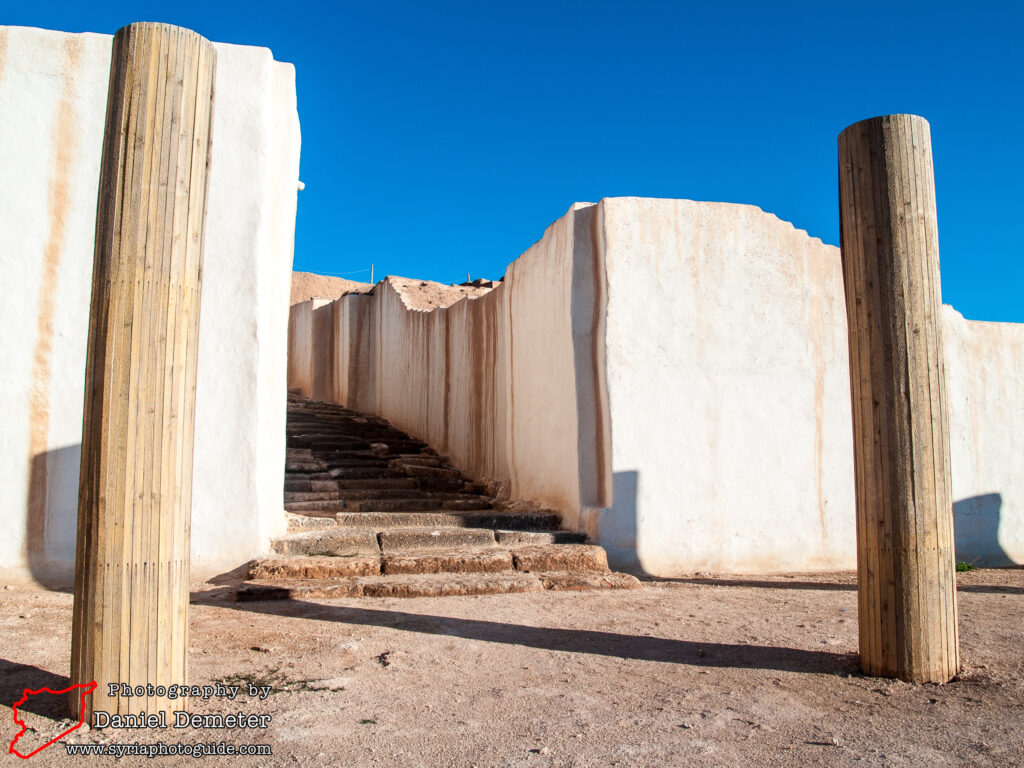
Tel Mardikh (تل مرديخ), the ancient city of Ebla (ايبلا), is one of Syria’s most fascinating Bronze Age sites. Ebla (ايبلا) was first occupied over 5,000 years ago, with two separate periods of prosperity. It is most well known for the archaeological find of an archive of over 20,000 cuneiform tablets written in the Eblaite language (an early Semitic language closely related to Akkadian) using the Sumerian script. Like other early written records found in the Near East, these tablets largely documented economic activity such as taxation records, trade agreements, and legal settlements. Other tablets recorded diplomatic treaties, royal letters, and even include a translation dictionary for the Sumerian language.
During the height of its power from 2400 BC to 2240 BC, Ebla (ايبلا) was part of an extensive trade network, and artifacts from Egypt have been found at the site. It appears that the city was initially ruled by a merchant class who elected a king and hired a paid army. During later periods, it was likely an absolute monarchy. The regional rival of Ebla (ايبلا) was Tel al-Hariri/Mari (تل الحريري/ماري), located in the Euphrates river valley near to the southeast of modern Deir al-Zur (دير الزور). These two city-states were involved in a lengthy war against each other. During a second period of prosperity, which lasted from about 1850 BC to 1600 BC, the city was inhabited by Amorites. Ebla (ايبلا) was largely destroyed during conflict with the Hittites to the north around 1850 BC, and this destruction marked the end of the city’s regional importance.
As is typical of most Bronze Age sites in the region, the archaeological remains are not easily appreciated by the casual visitor. The city was largely built using simple mud-brick, and what has been excavated is often difficult for the imagination to reconstruct. While there have been some efforts at restoration, it is highly recommended to visit with a knowledgable guide or at least a guidebook with detailed coverage of the site. Note that most of the artifacts from this site are now in the National Museum (المتحف الوطني) in Damascus (دمشق). Some can also be found at the museums in Idleb (إدلب) and Aleppo (حلب).
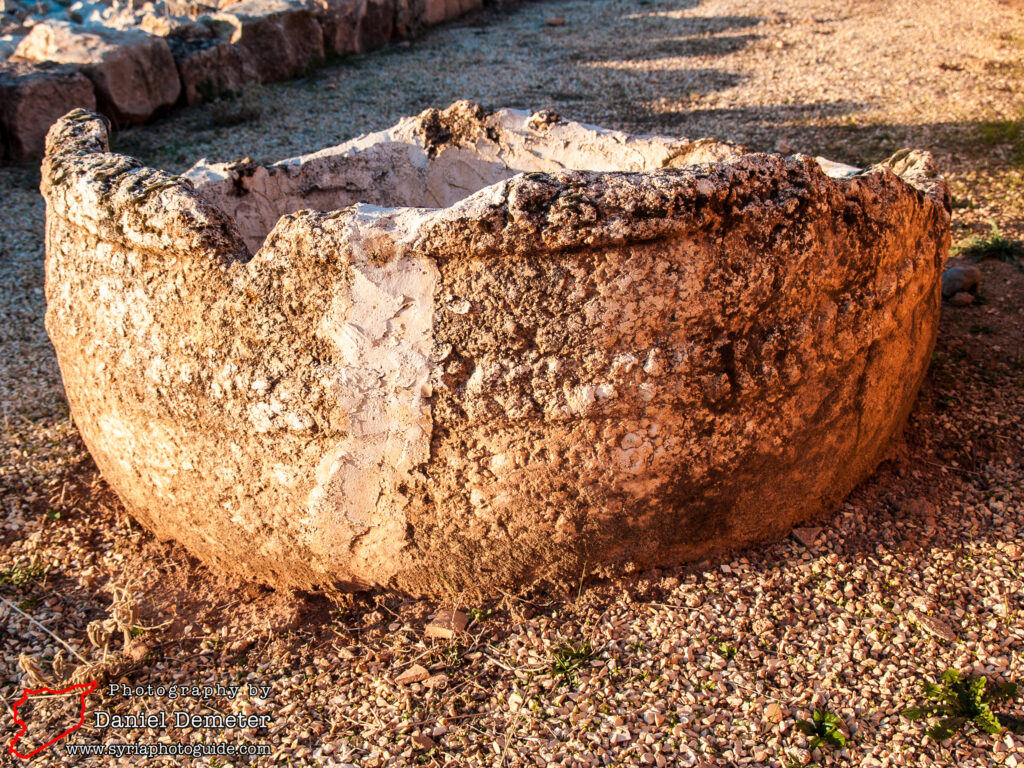
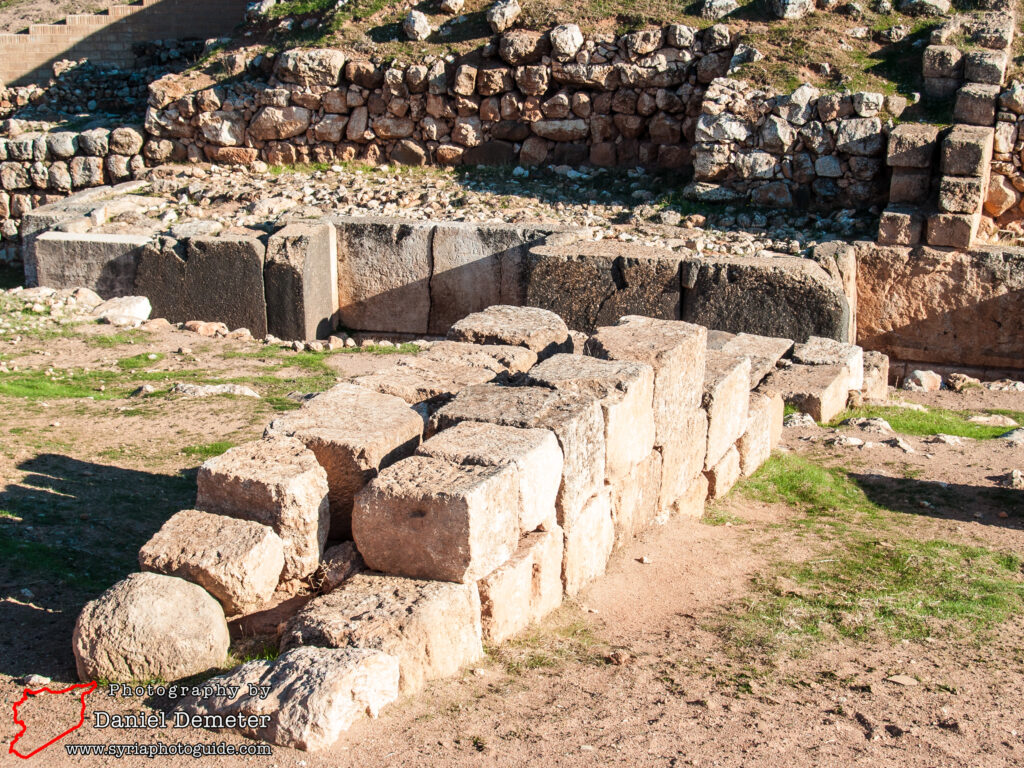

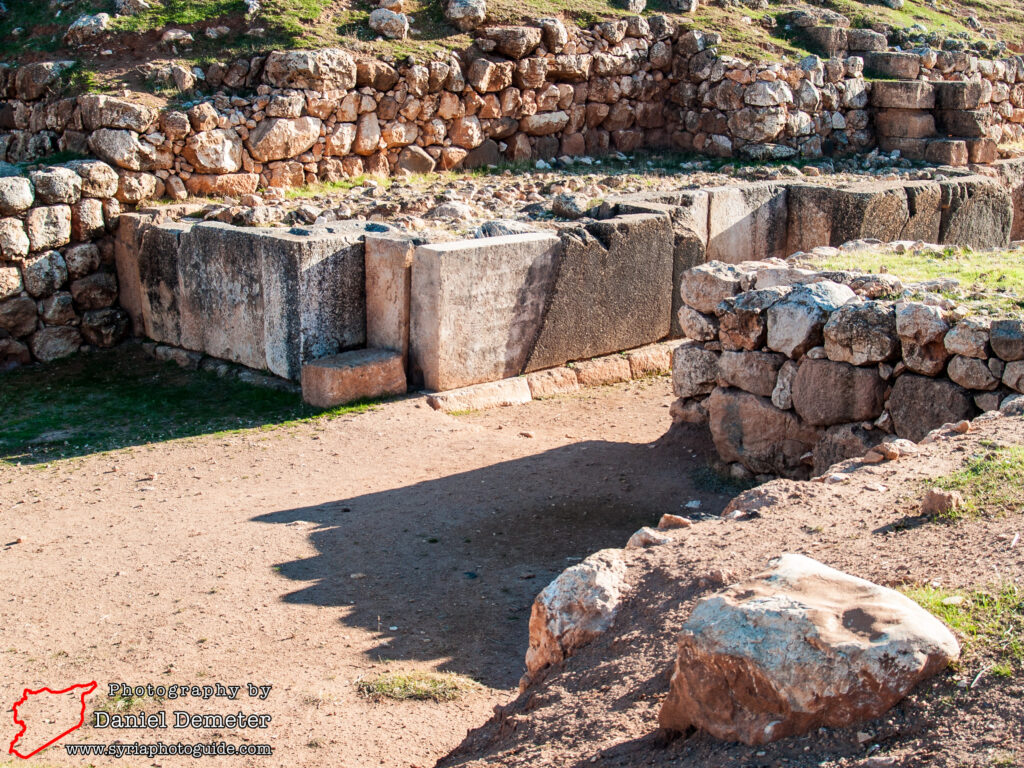
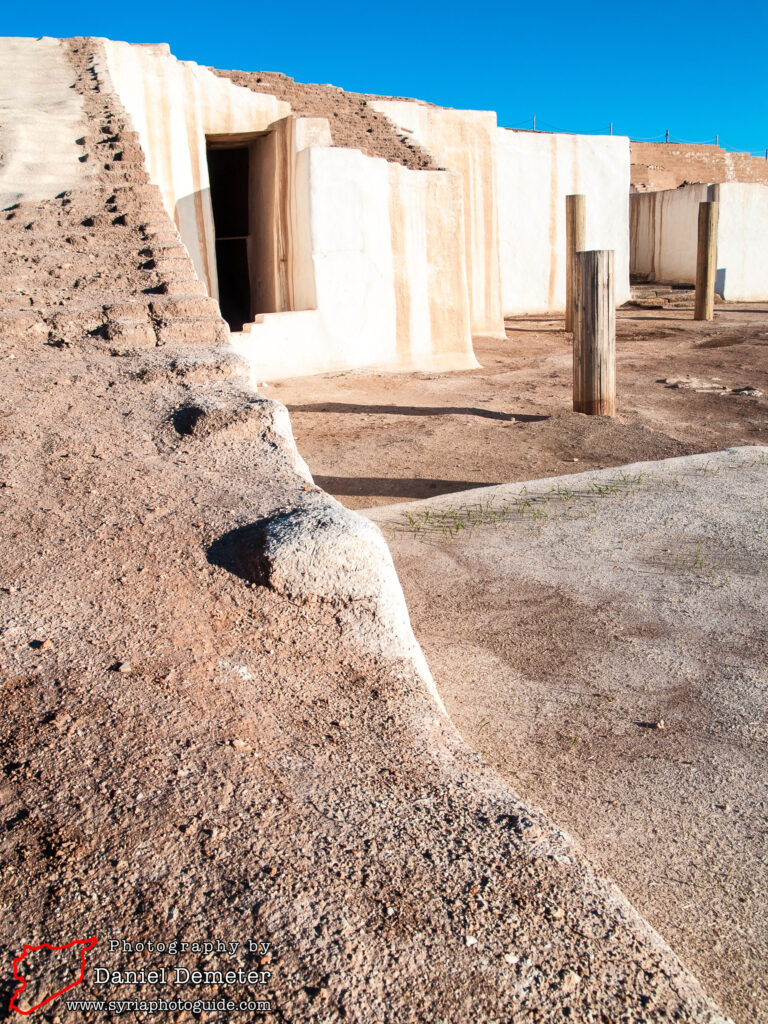
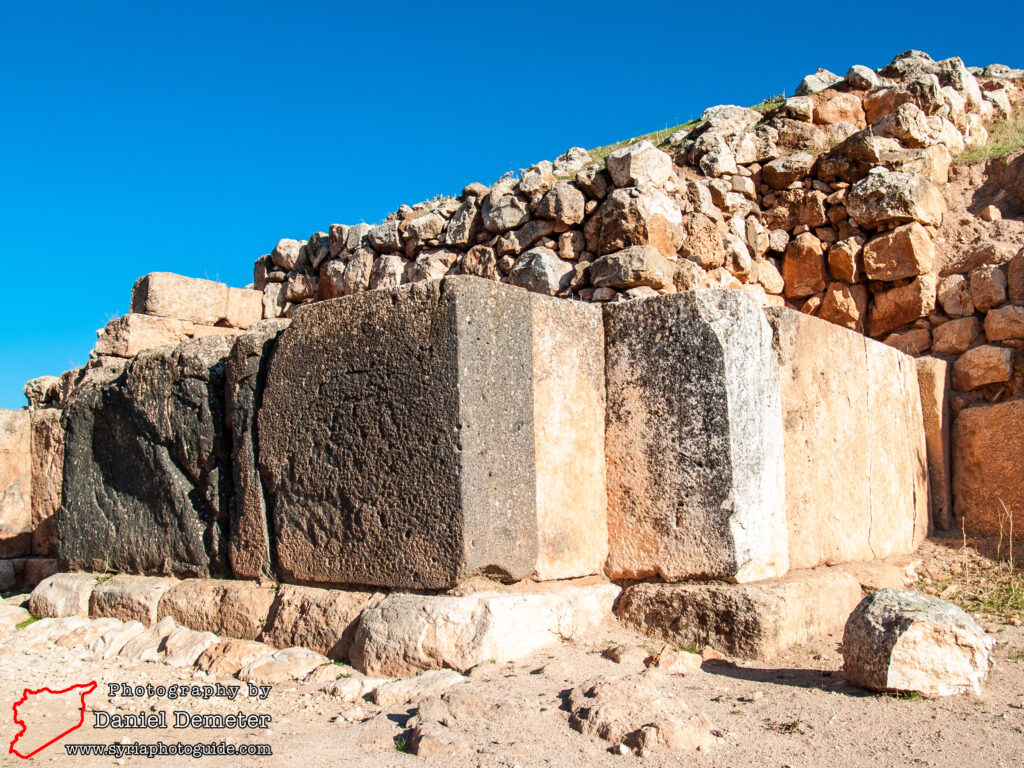
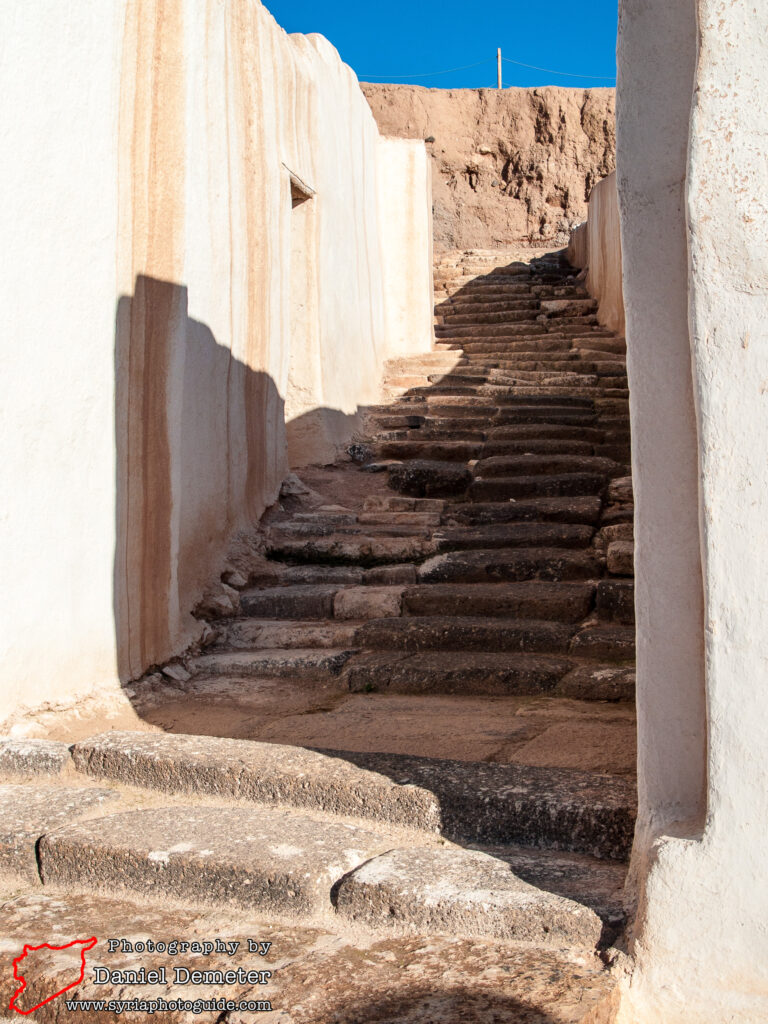
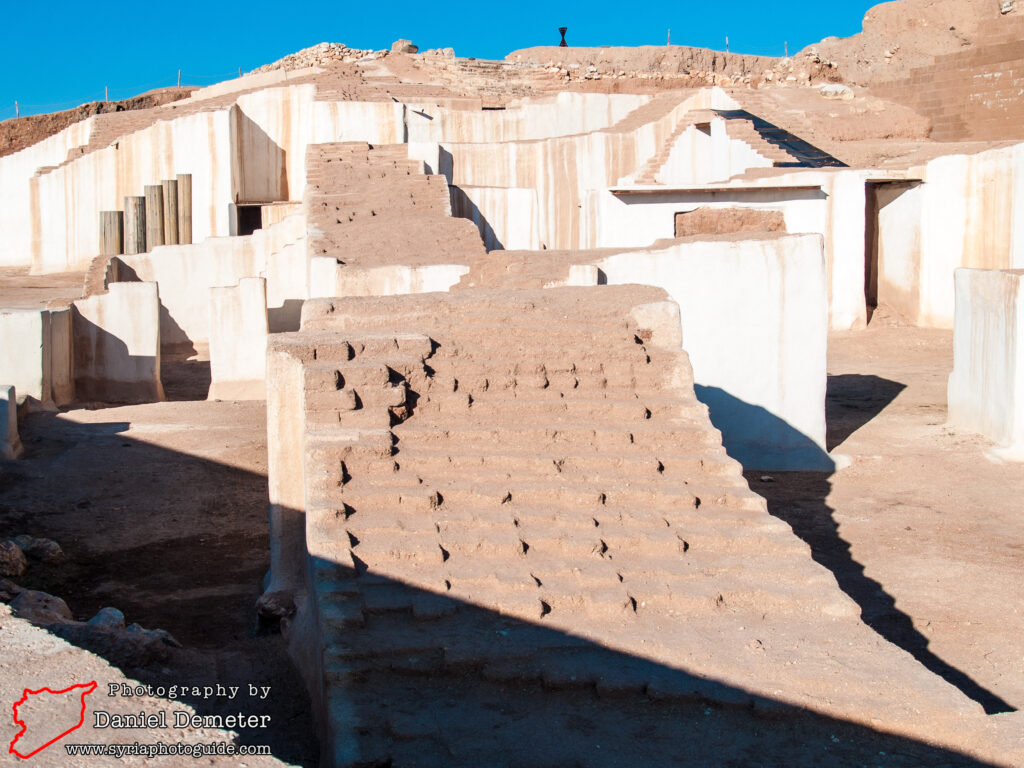
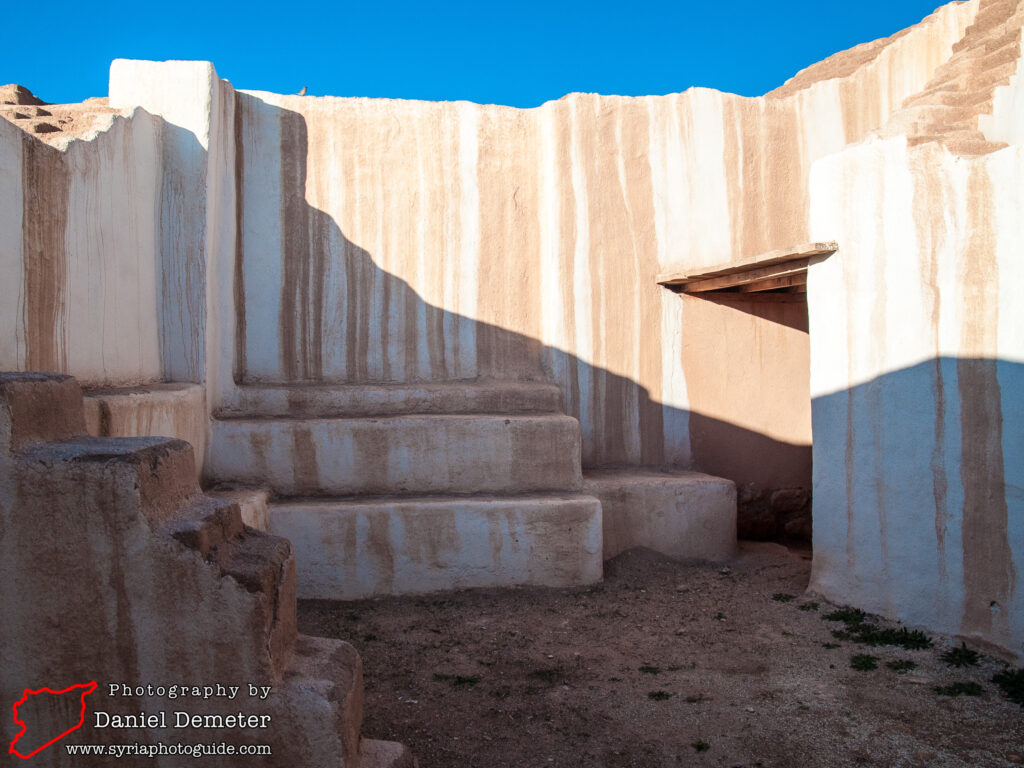
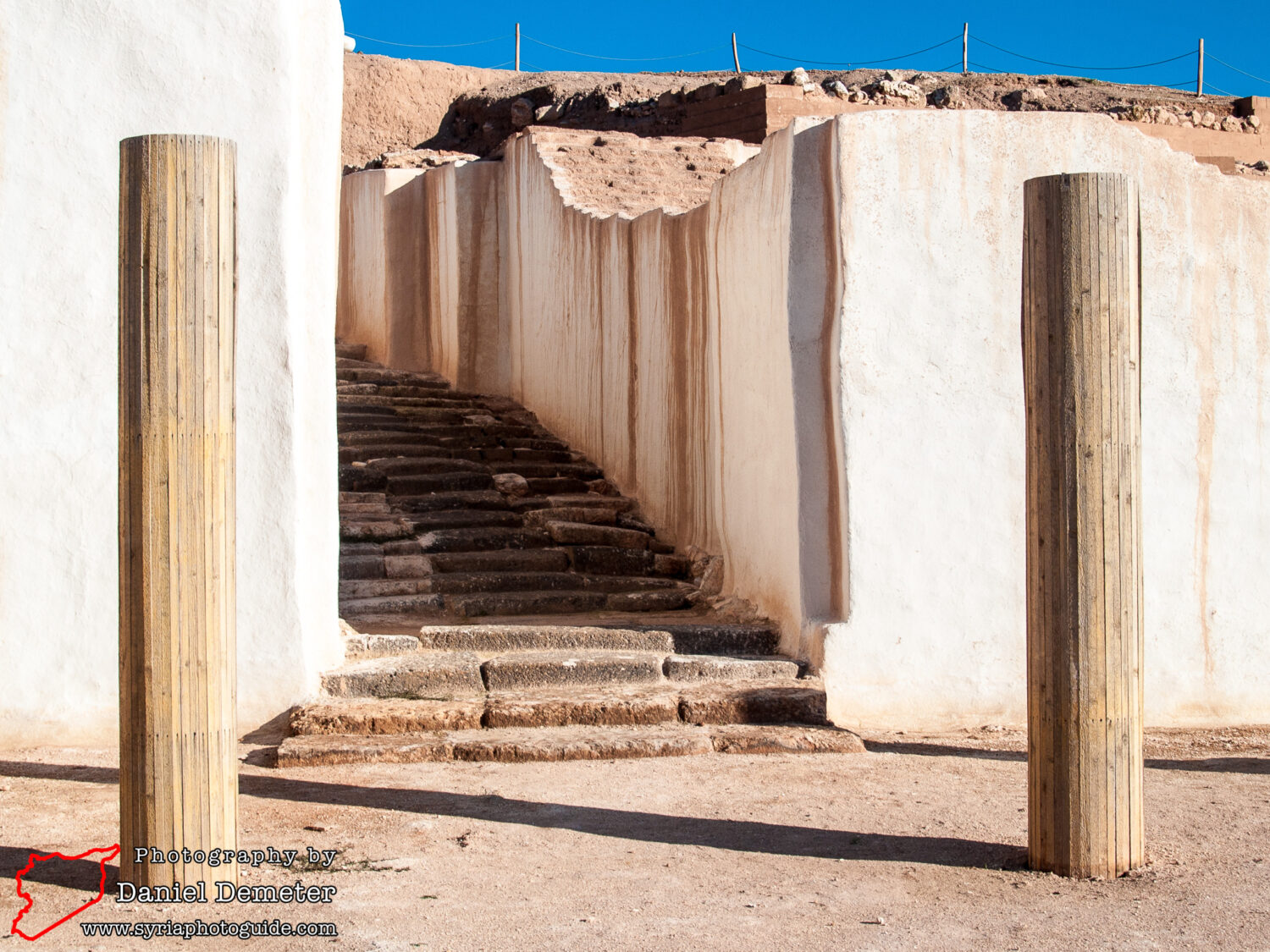
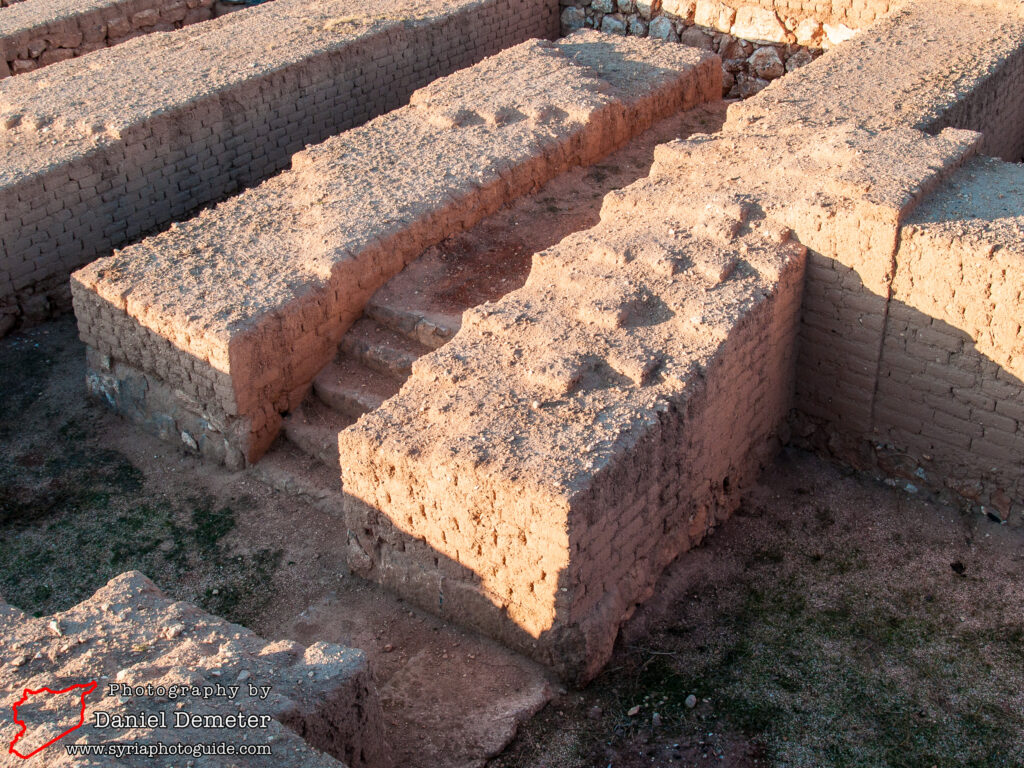
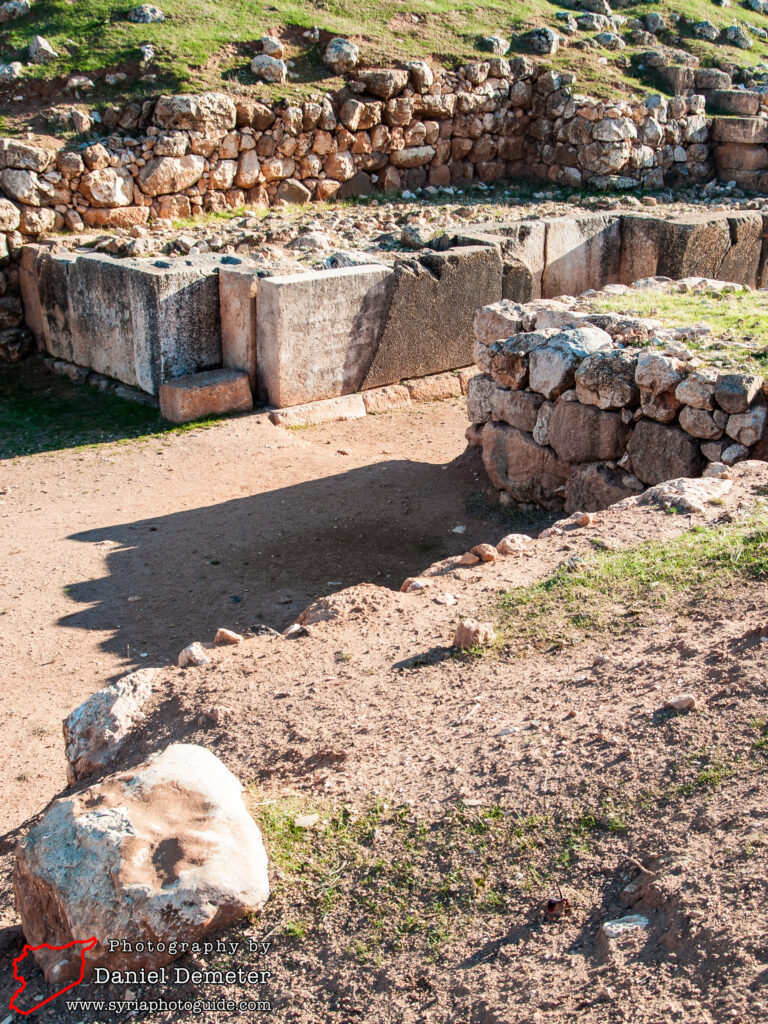
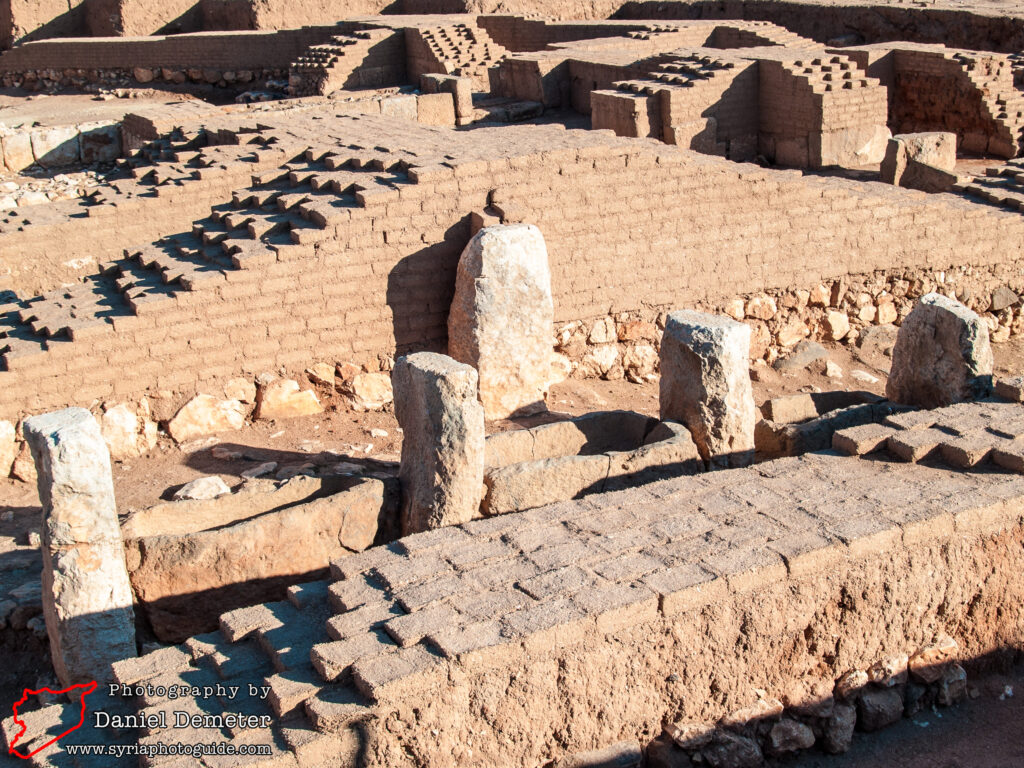

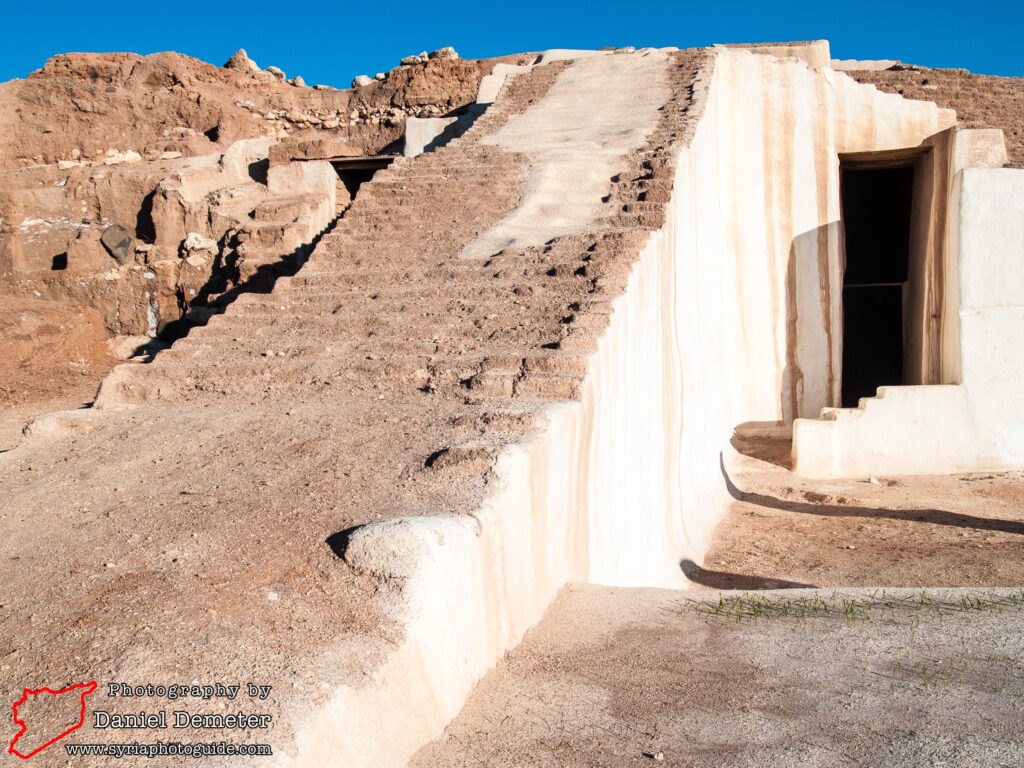
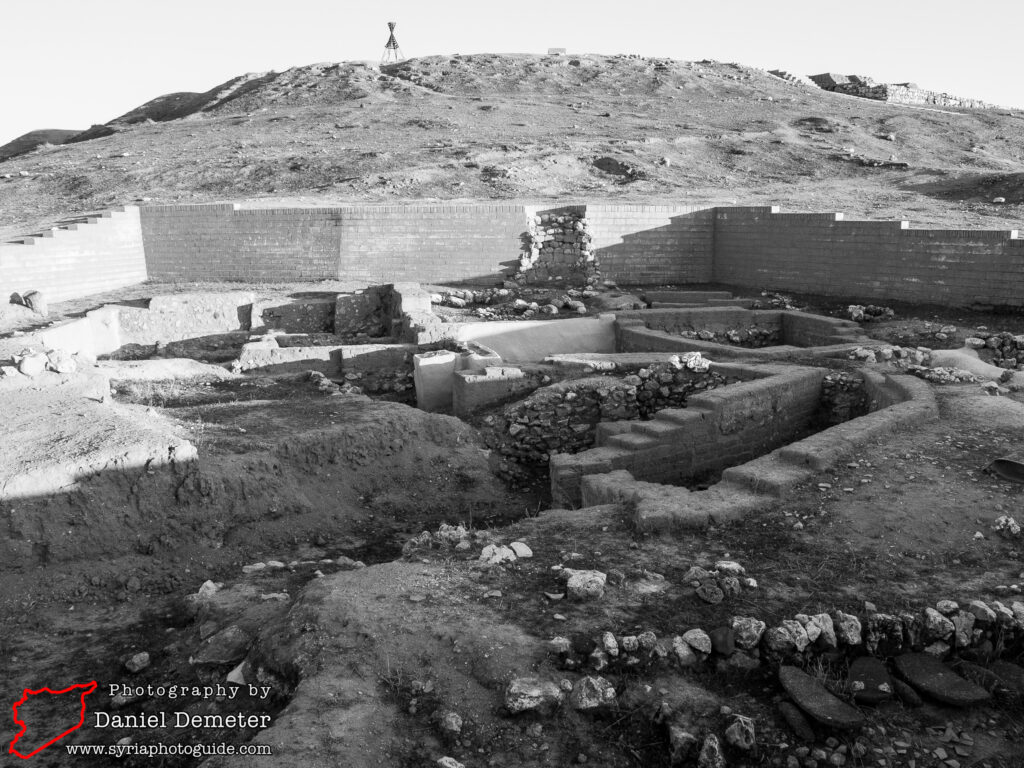
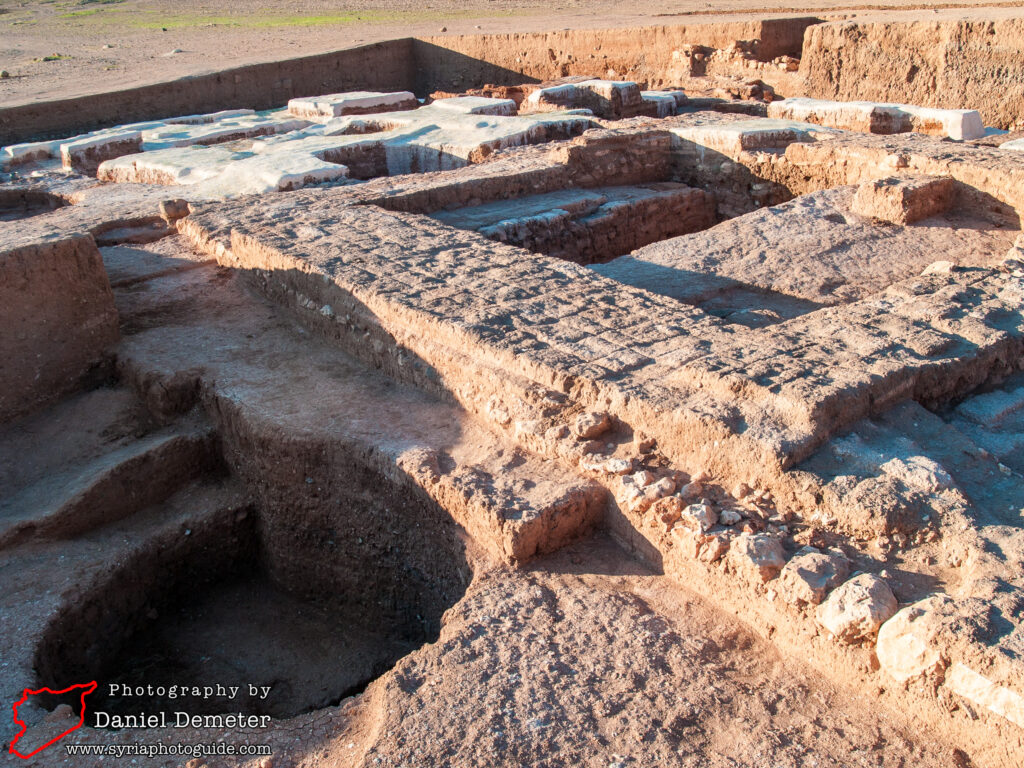
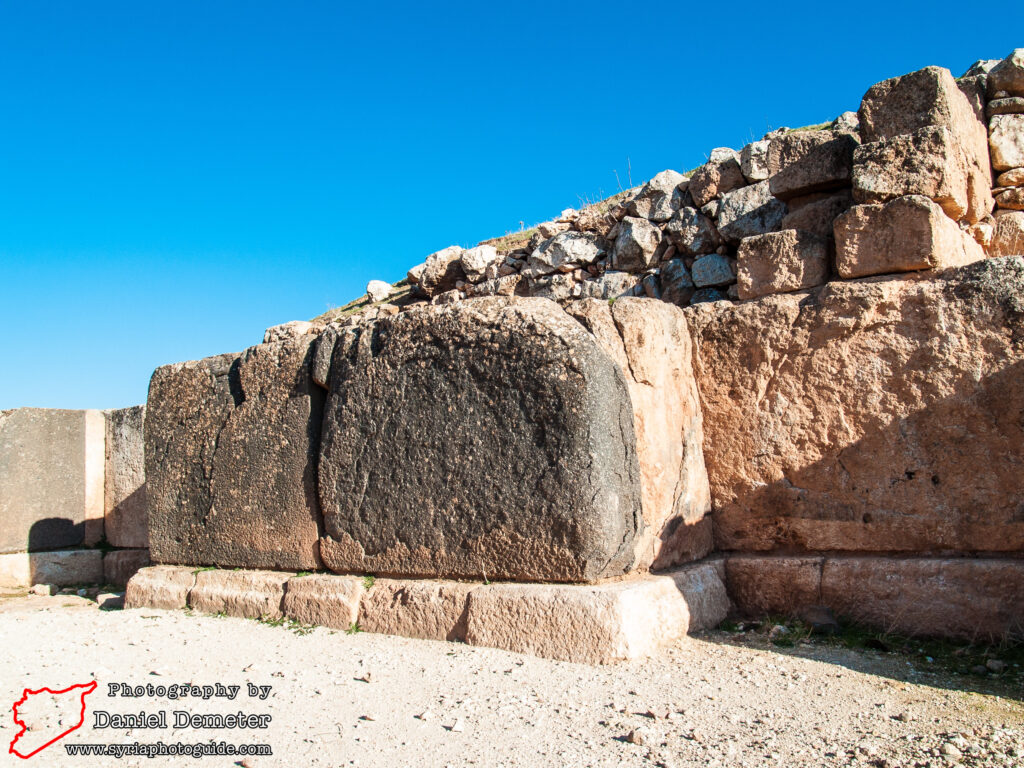
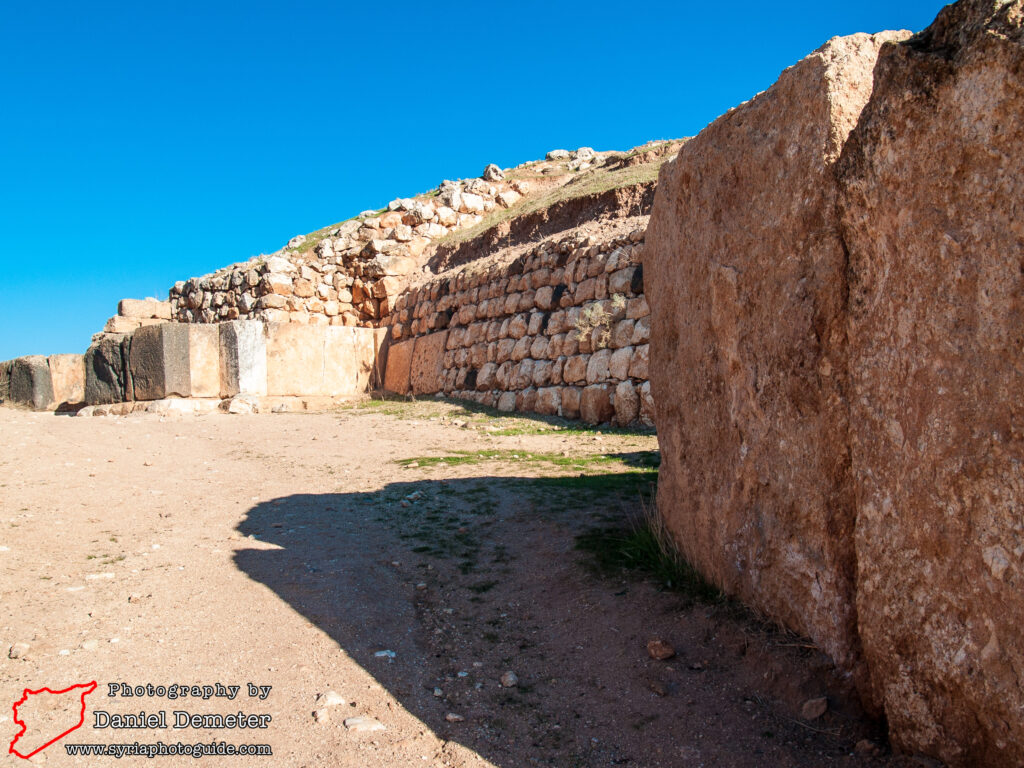
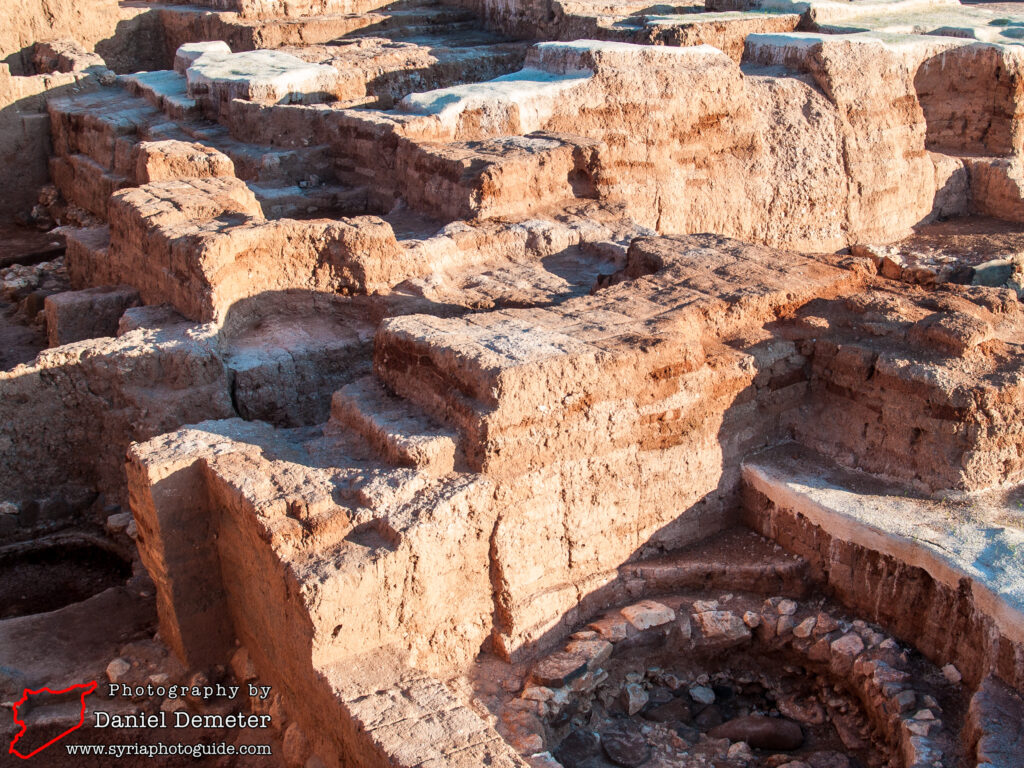
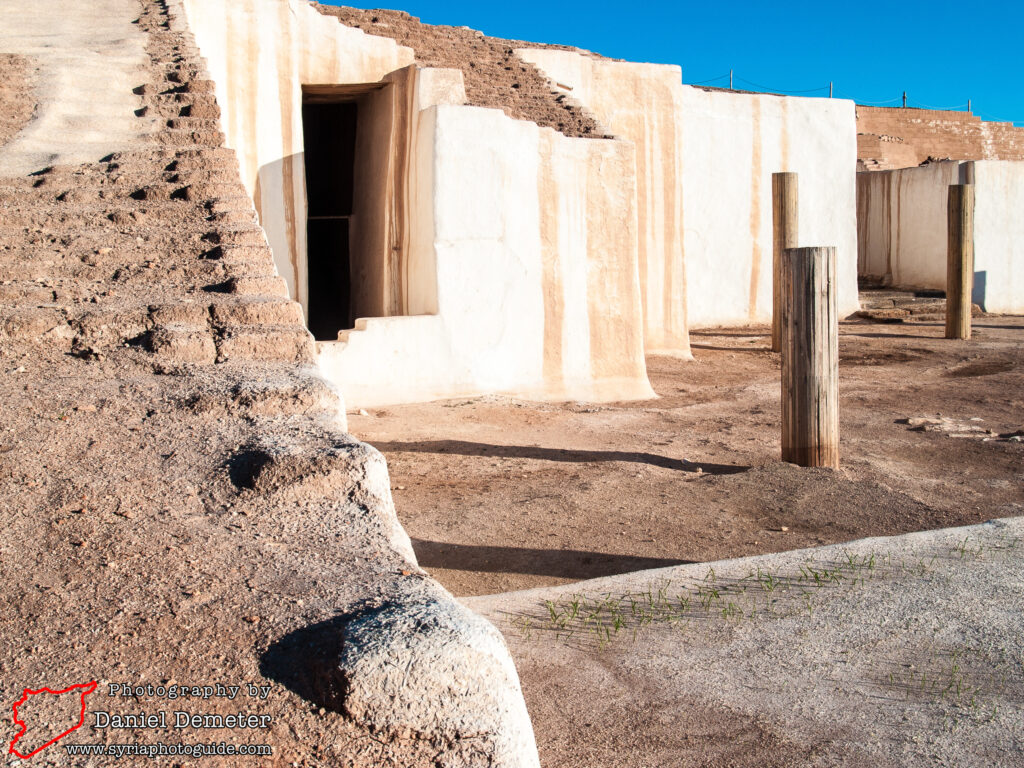
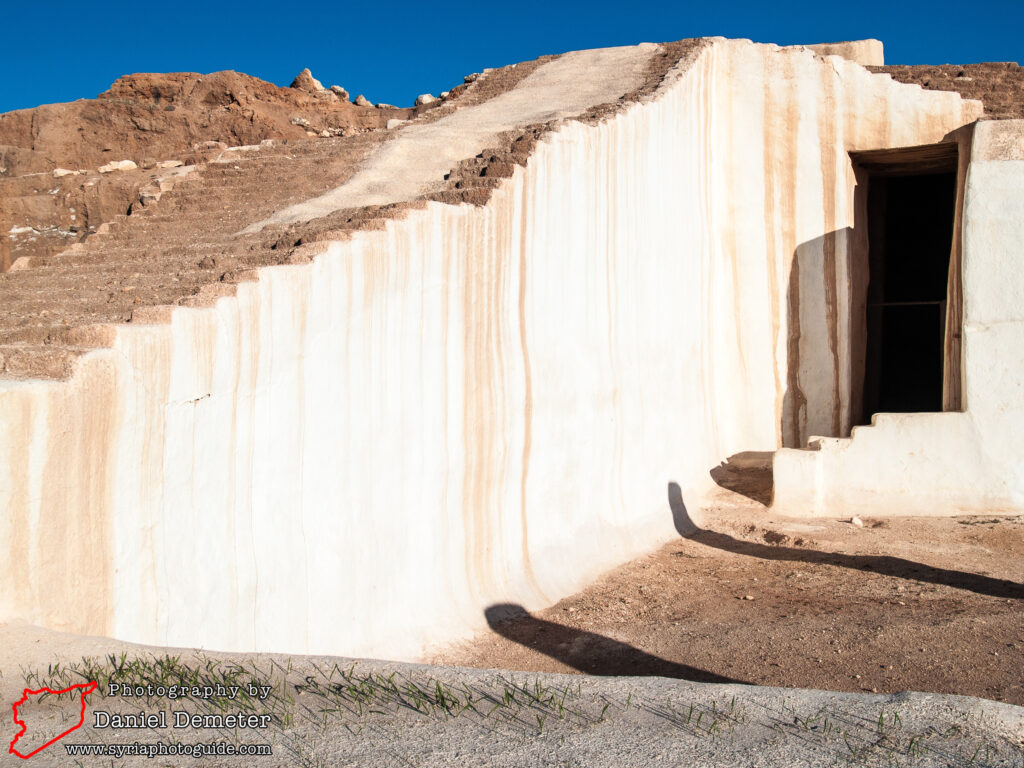
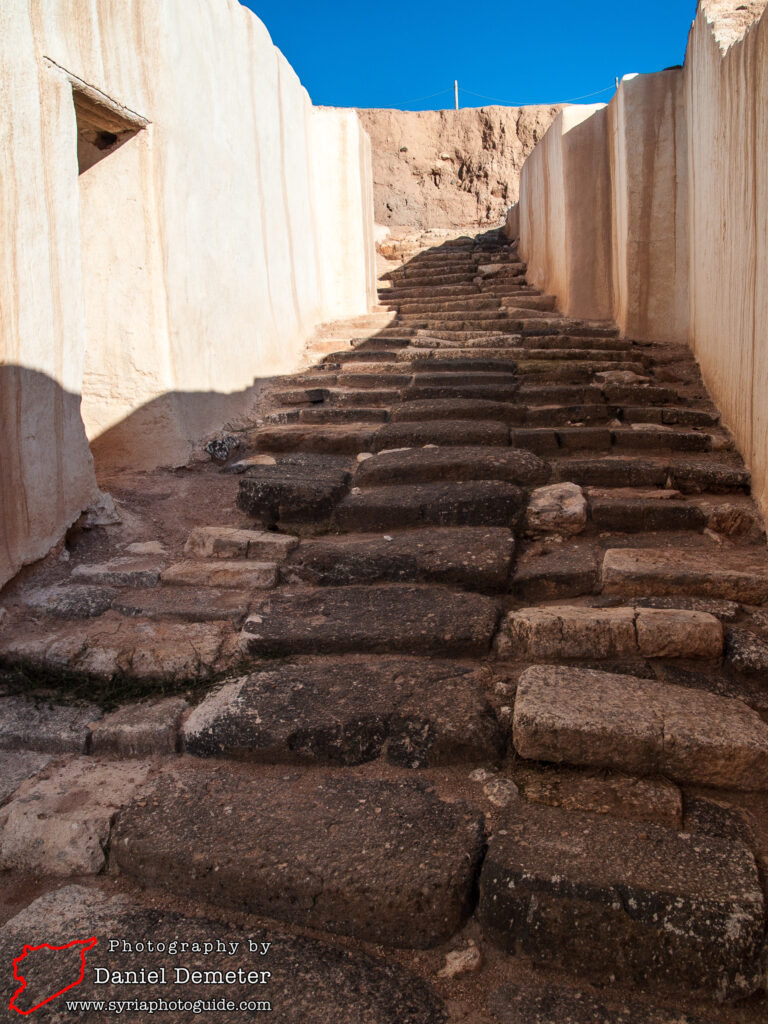
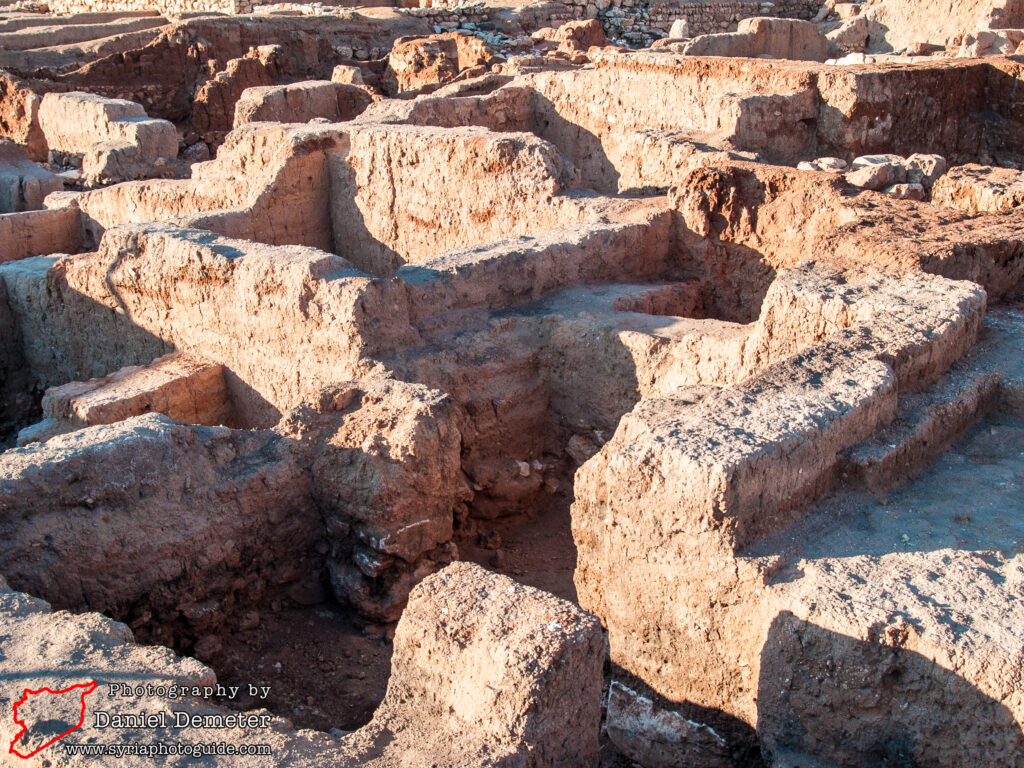
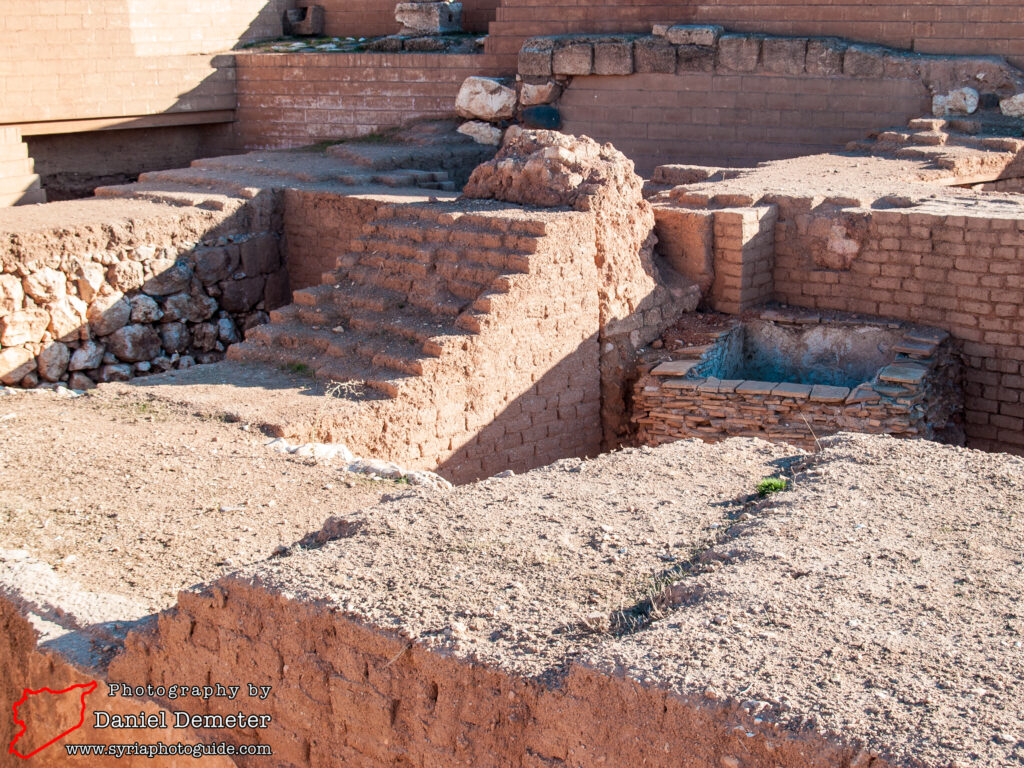
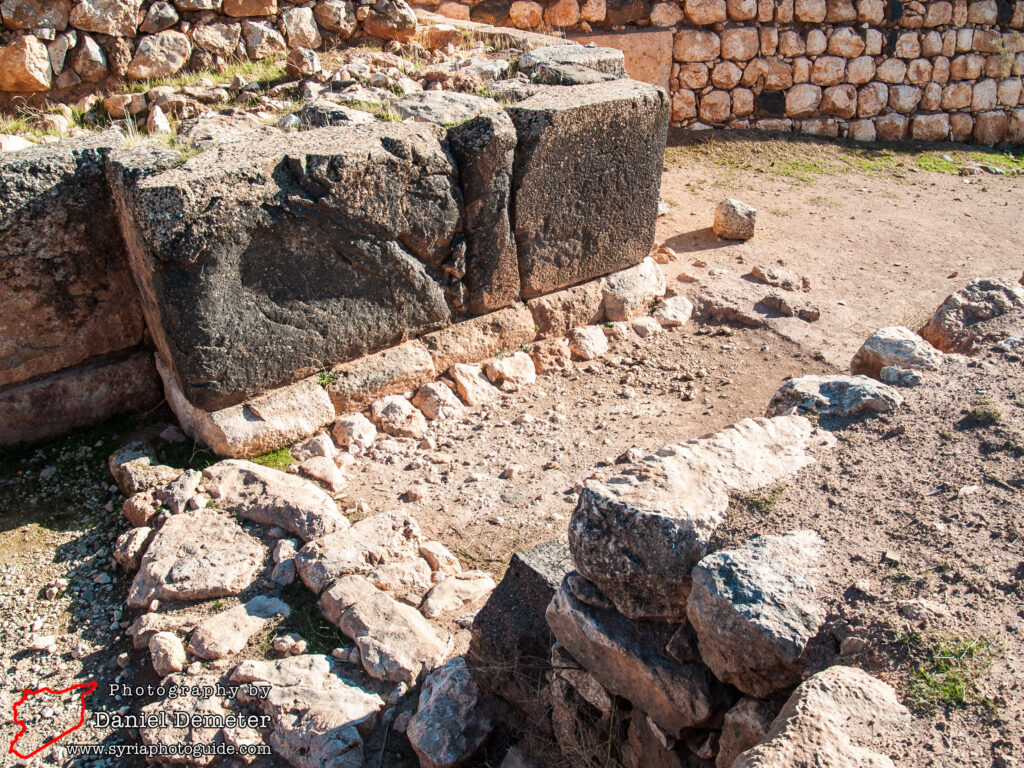
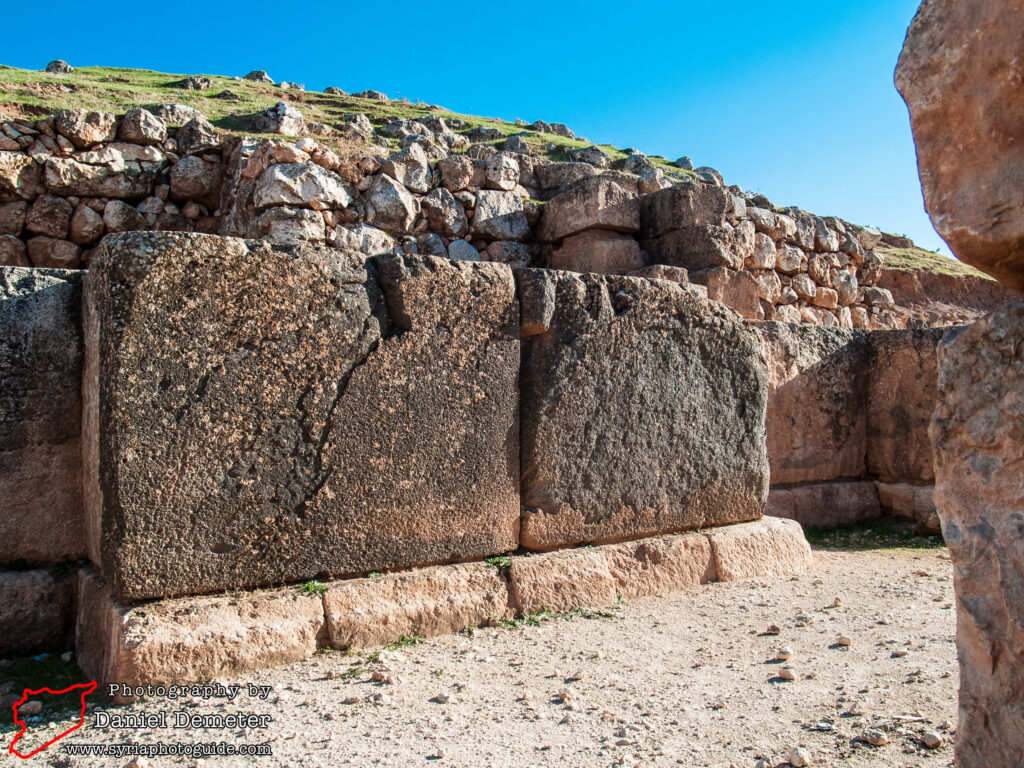
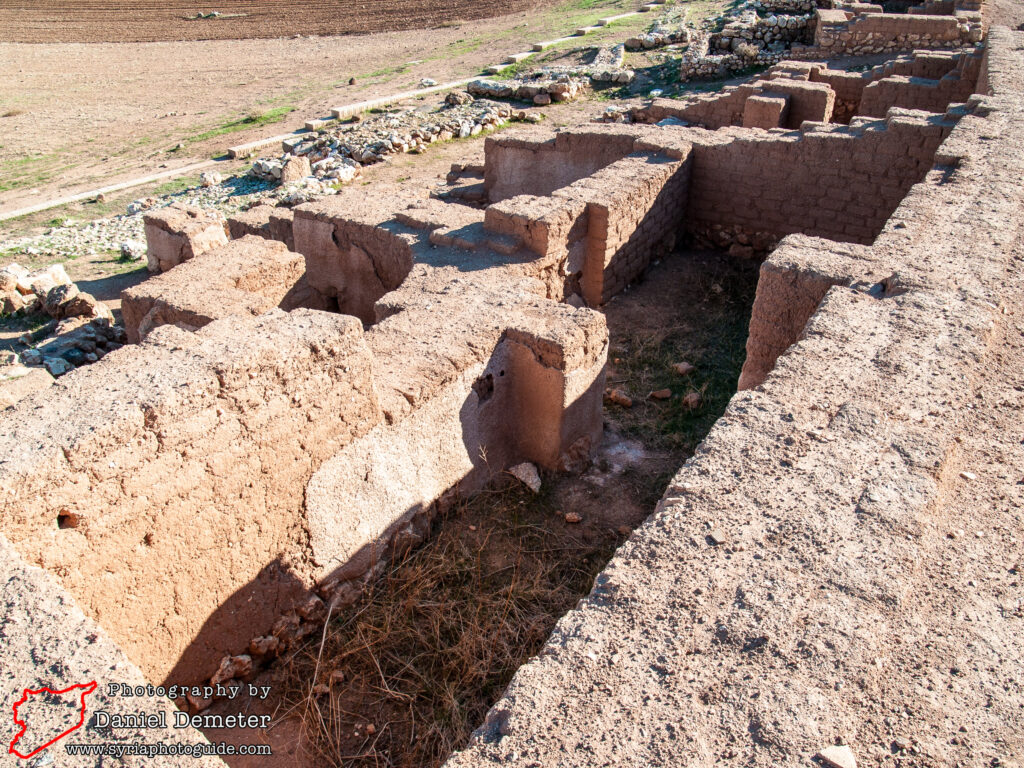
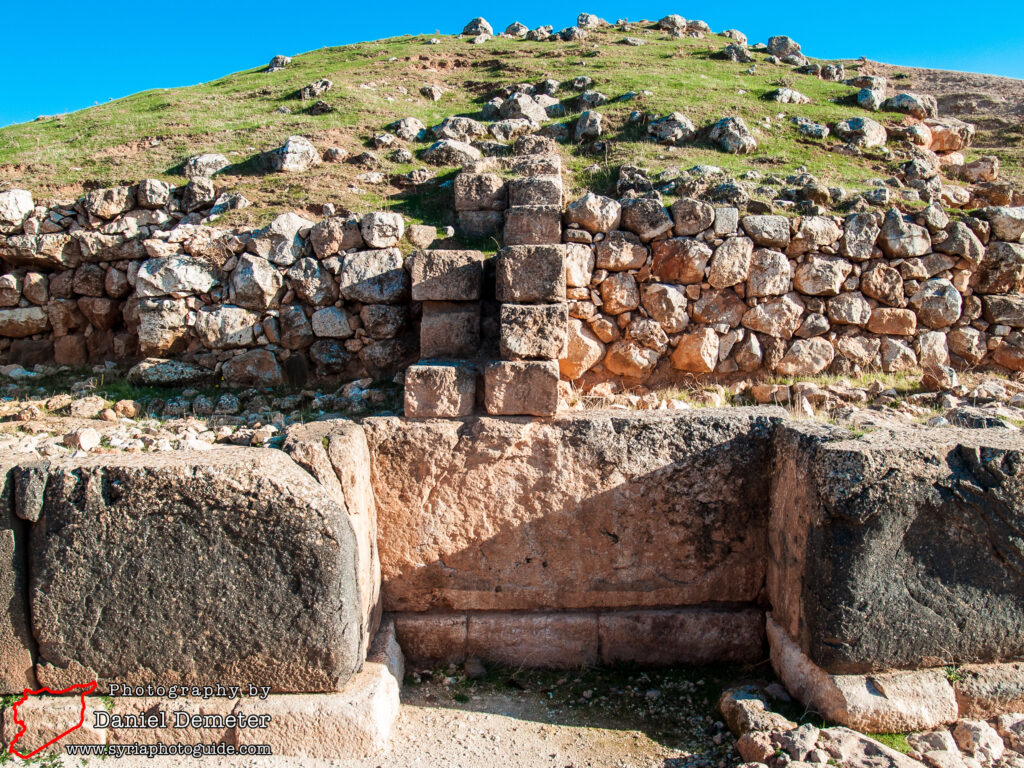

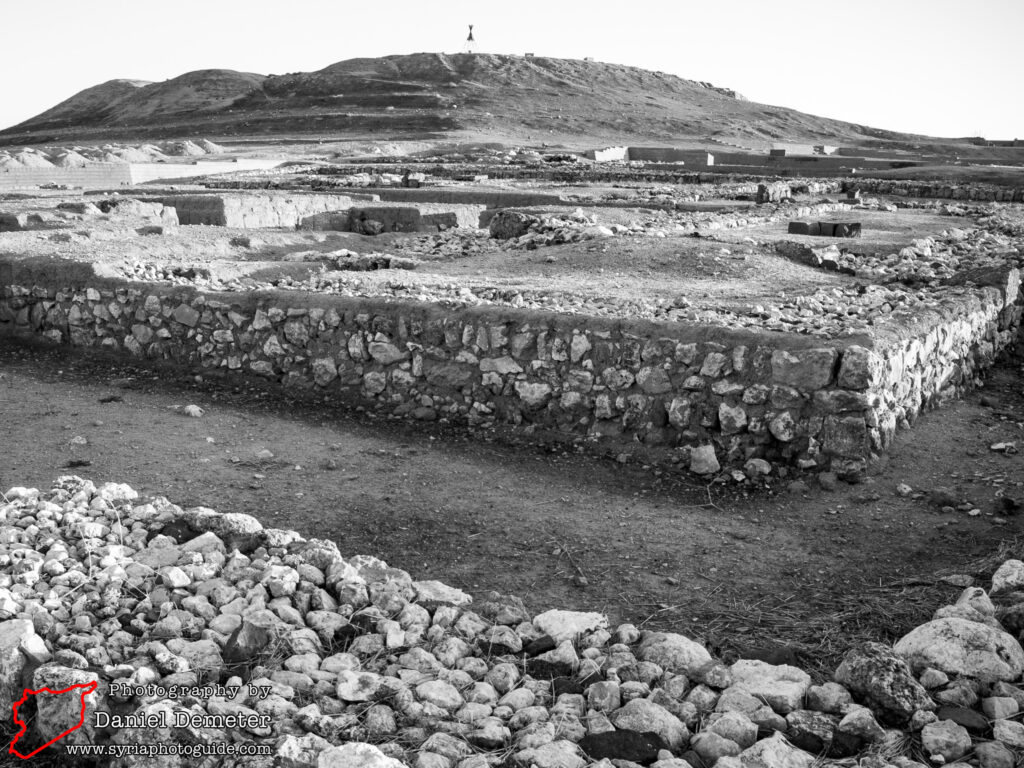
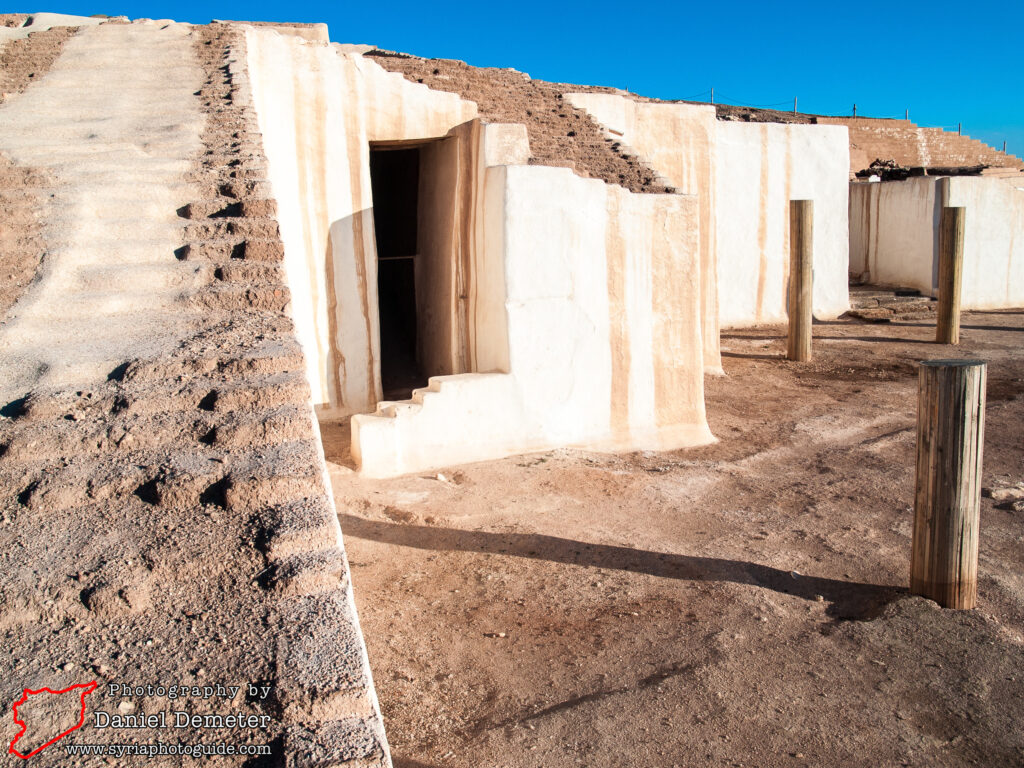
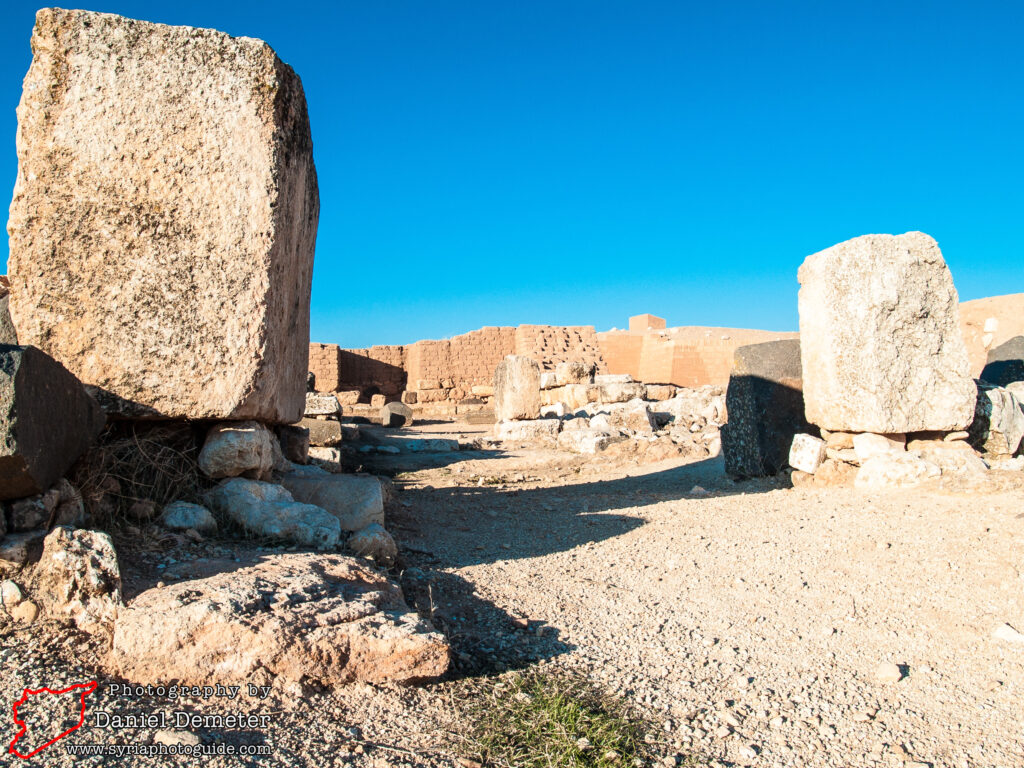
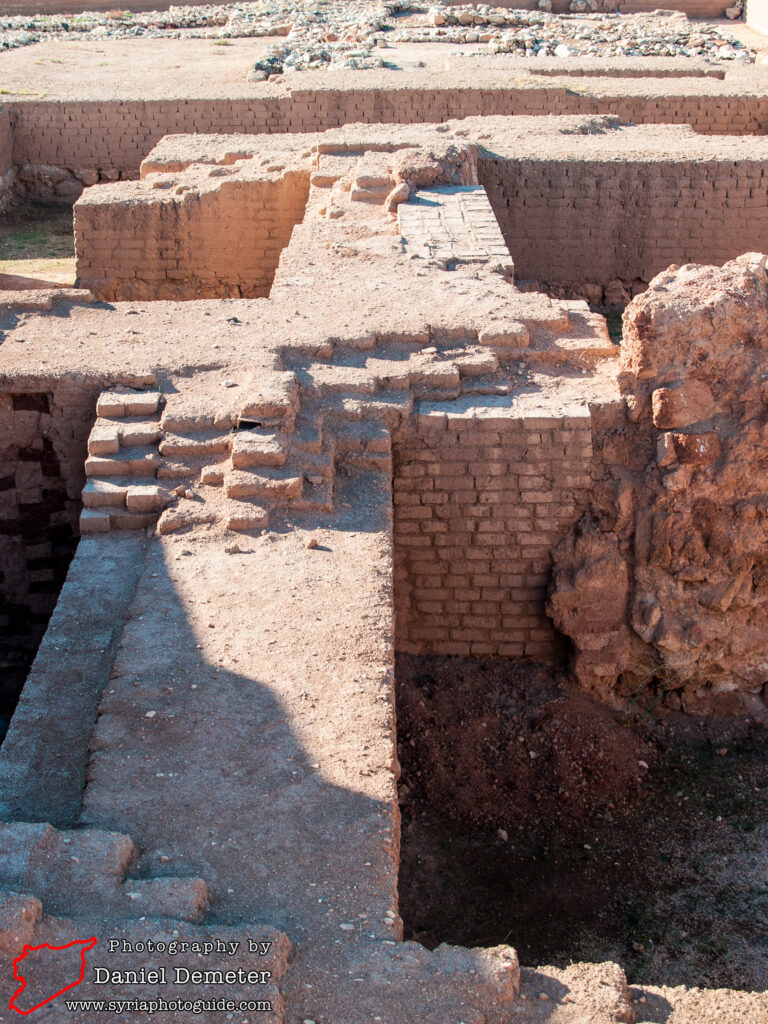
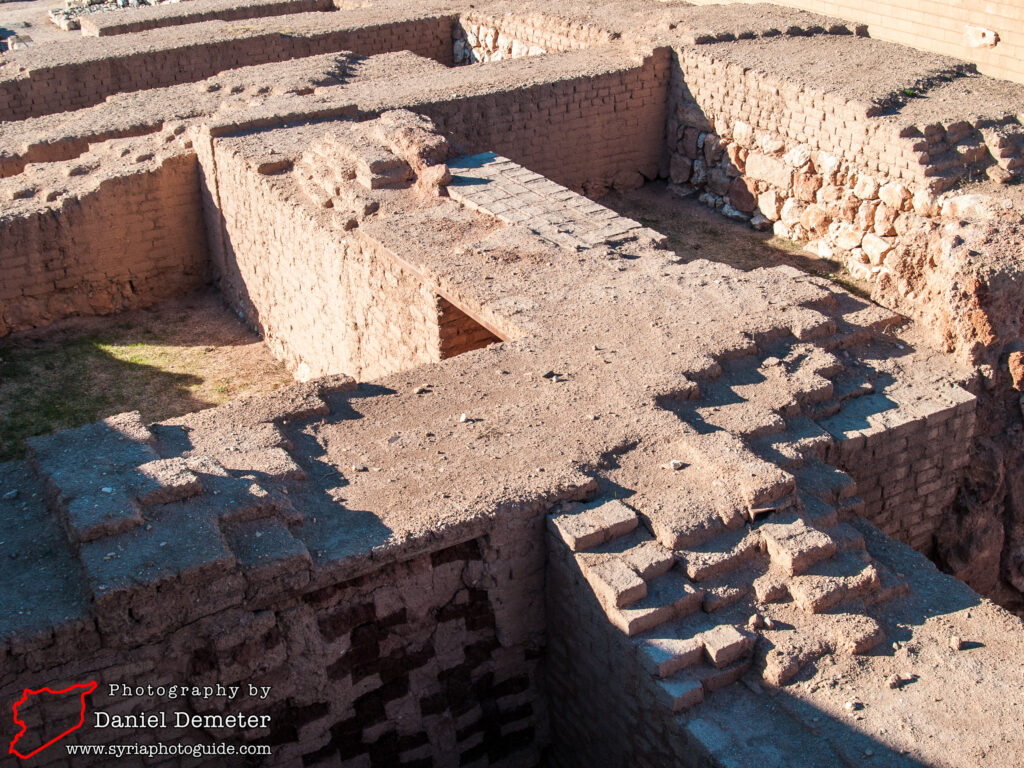
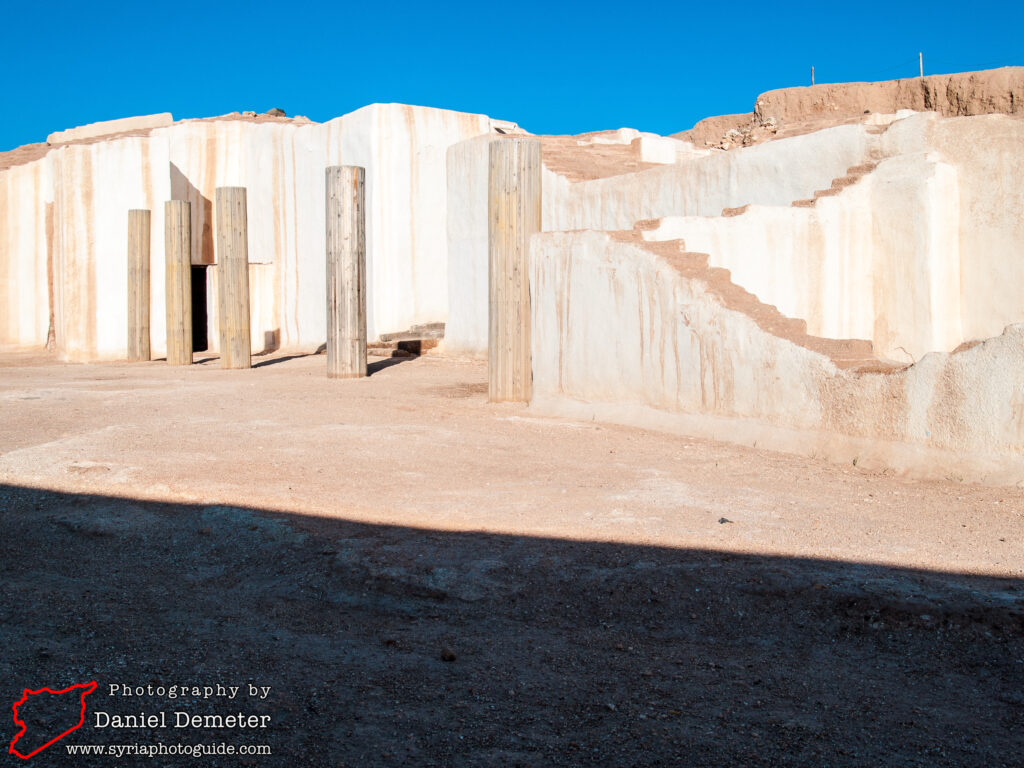
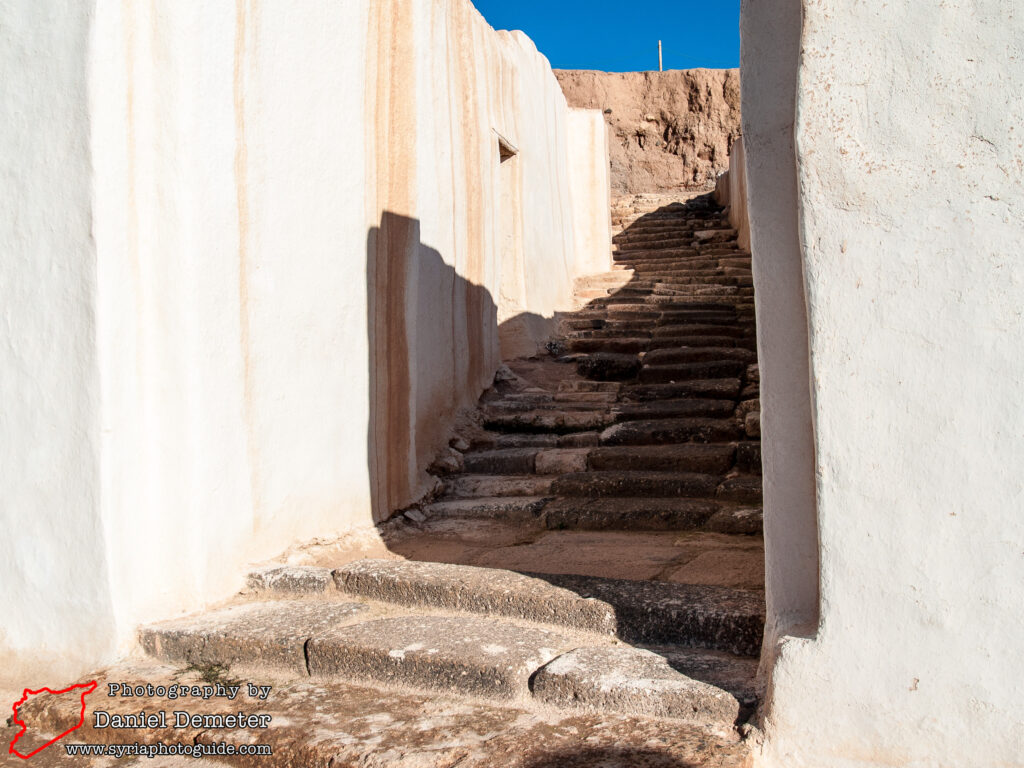
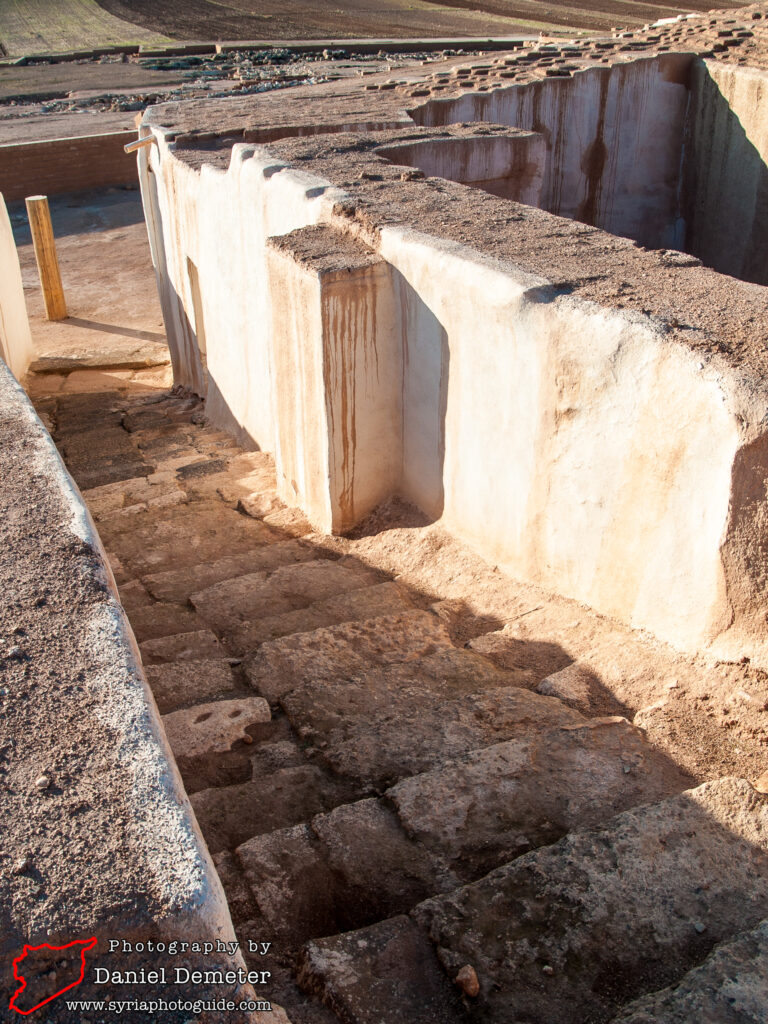

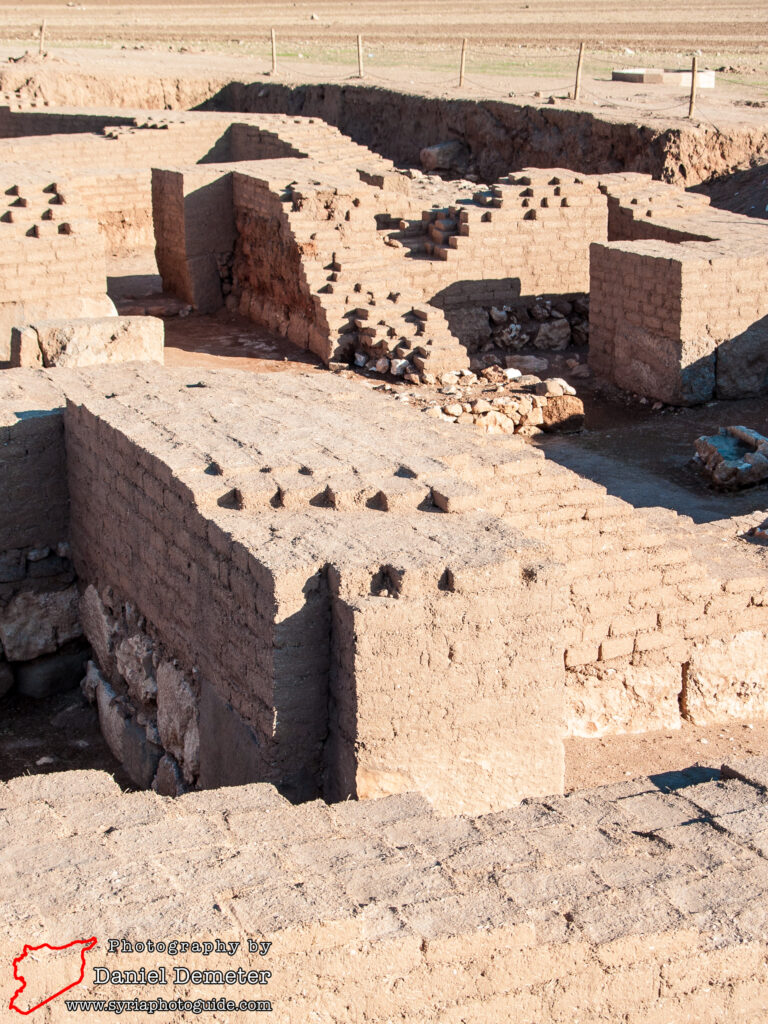
Getting There: Any bus or microbus traveling on the main highway between Aleppo (حلب) and cities to the south – such as Maarat al-Naaman (معرة النعمان), Hama (حماة), Homs (حمص) or Damascus (دمشق) – will pass by the village of Mardikh (مرديخ), which is just a few hundred meters east of the highway. It is about a two kilometer walk through the village to reach the archaeological site, to the southeast. Alternatively, the village of Mardikh (مرديخ) also has occasional microbus connections with Idleb (إدلب).
Coordinates: 35°47’53.40″N / 36°47’52.87″E
Transliteration Variants: Tell Mardikh, Tal Mardikh, Tel Merdikh, Tell Merdikh, Tal Merdikh
Rating: 5 / 10
